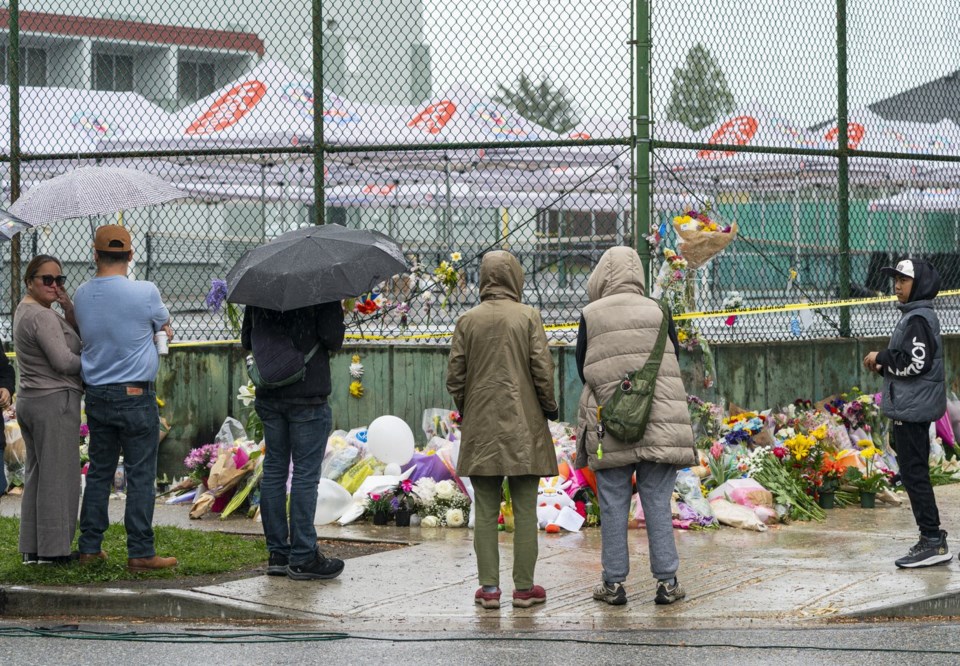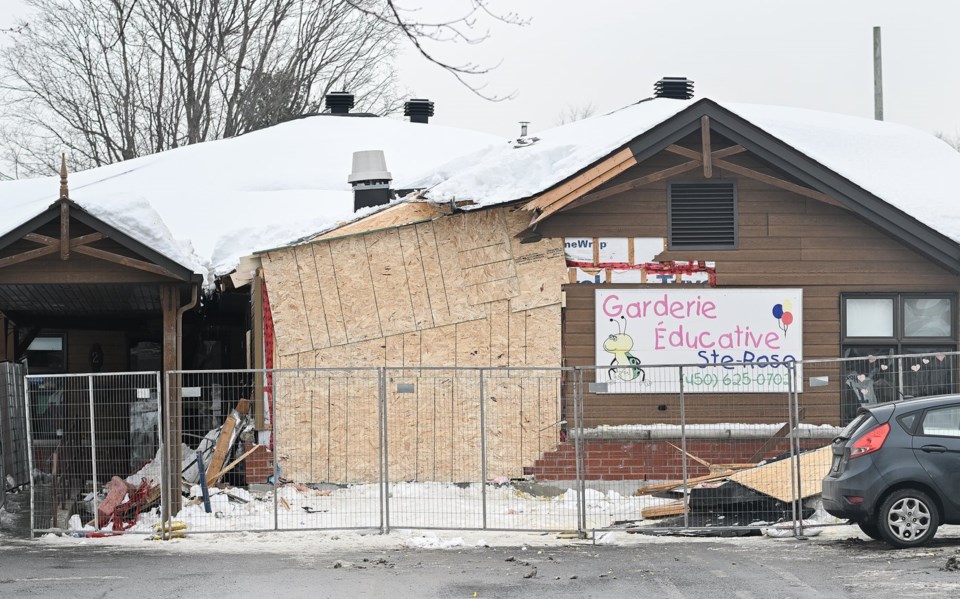The World Health Organization (WHO), UNICEF and UNAIDS have jointly launched a new five-year Regional Roadmap (2024–2030) for the Triple Elimination of Mother-to-Child Transmission (EMTCT) of HIV, Syphilis and Hepatitis B in the Asia and Pacific Region. The roadmap, released in Bangkok, assesses progress made by 21 focus countries since 2018 and provides operational guidance to help governments reach the 2030 Sustainable Development Goal (SDG) targets. It emphasizes the importance of universal antenatal screening, prompt treatment, safe childbirth practices, and access to prophylaxis and vaccines for newborns.
Countries such as Thailand, Malaysia, Sri Lanka, and the Maldives have already achieved dual elimination of HIV and syphilis transmission from mother to child and are preparing for hepatitis B validation. Bhutan, Cambodia, China, and Mongolia are also making strong headway. However, several nations still face significant obstacles and need enhanced support from regional health stakeholders, according to the release issued by the UNAIDS.

UNAIDS reports that mother-to-child transmission services have prevented nearly 72,000 new pediatric HIV infections in the region since 2015. Still, about 10,000 children were newly infected in 2023 alone. "Around 30 children contract HIV every day in this region," said Eamonn Murphy, UNAIDS Regional Director for Asia Pacific and Eastern Europe Central Asia.
"No child should begin life with a disease we can prevent, and no family should miss out on the information, services and support to give their children an HIV-free start." The roadmap identifies seven strategic priorities, including olicy leadership, universal service access, integration with reproductive and child health systems, community engagement and strengthened monitoring. It also stresses the need for better data on syphilis and hepatitis B and calls for these diseases to be fully integrated into EMTCT (elimination of mother-to-child transmission) programmes.
Some of the world's highest prevalence countries for hepatitis B are in Asia Pacific. For most countries where antenatal data were available for all three diseases, hepatitis B was the most prevalent infection, with rates sometimes several times greater than HIV or syphilis, the release further states. Speaking at the launch, Dr Sarbesh Sharma, Director of Nepal's National Center for AIDS and STD Control (NCASC), said Nepal is working to expand its EMTCT efforts to include congenital hepatitis C and other STIs under its 2021–2026 National HIV Strategy.
"We have between 4,000 and 5,000 birthing centres in Nepal, but not all health workers are reporting," Dr Sharma said. "This year, with UNICEF support, we are preparing a plan for EMTCT Roadmap." Nepal has made remarkable strides in HIV prevention, with new infections declining by 79% since 2010-the highest drop in Asia Pacific.
While over 98% of pregnant women in Nepal received HIV testing, only 77% of those needing treatment accessed services to prevent transmission to their babies in 2023, according to UNAIDS estimates..
Health

New roadmap aims to eliminate mother-to-child transmission of HIV, Syphilis and Hepatitis B in Asia Pacific

KATHMANDU, APRIL 29The World Health Organization (WHO), UNICEF and UNAIDS have jointly launched a new five-year Regional Roadmap (2024–2030) for the Triple Elimination of Mother-to...















